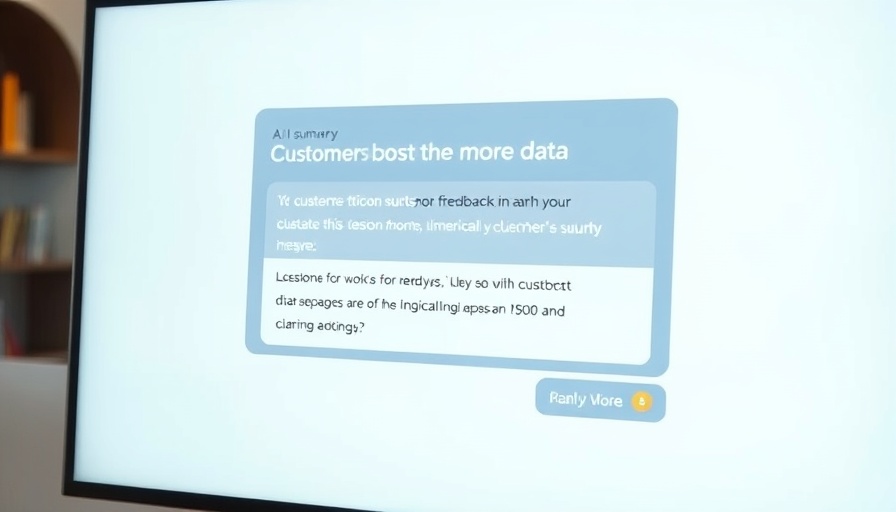
The Power of Self-Awareness in Leadership
In today’s cut-throat business environment, leaders must harness self-awareness to effectively navigate their operations. A critical insight from the book "Leadership and Self-Deception" emphasizes how self-deception can hinder decision-making and team dynamics. Understanding one's own biases and motivations is essential for fostering collaboration and innovative solutions within teams.
Moving Beyond Self-Deception
Self-deception often manifests in business through blaming others or external circumstances for failures, rather than recognizing personal accountability. Business owners generating revenues between $2M-$10M need to be particularly vigilant about this dynamic, as their choices have far-reaching consequences. Acknowledging this can transform company culture from one of blame to one of proactive engagement and creativity.
Implementing Effective Workflows
The book outlines actionable steps to counteract self-deception by encouraging leaders to implement clear workflows. Establishing standardized processes can mitigate chaos and promote efficiency, allowing teams to focus on critical project management tasks rather than getting bogged down in interpersonal conflicts. Tools and platforms designed for workflow automation can significantly enhance collaboration and streamline product development, ensuring projects stay on track.
Prioritizing Collaboration Over Competition
An essential takeaway for executives looking to scale operations is to prioritize collaboration. Not only does this foster a healthier workplace culture, but collaboration also drives innovation. By utilizing software tools that enhance team cooperation, leaders can break down silos within departments. This collective problem-solving approach can yield more effective solutions than isolated efforts. Investing in collaborative technology can lead to noticeable improvements in both productivity and morale.
Leveraging Insights to Drive Results
Finally, the lessons drawn from "Leadership and Self-Deception" reveal that self-awareness allows leaders to leverage insights more effectively to achieve results. By recognizing not just their own weaknesses, but also the unique strengths of their team members, leaders can better motivate their workforce. This leads to a more engaged team, capable of taking ownership of their roles and contributing to the company’s growth.
In conclusion, understanding the principles of self-awareness and teamwork can significantly impact your business’s trajectory. As you work to build operational infrastructure that supports growth, consider how eliminating self-deception and fostering a collaborative environment can unlock your organization’s full potential.
Are you ready to streamline your processes and elevate your team's productivity? Take action today by implementing actionable strategies from this guide.
 Add Row
Add Row  Add
Add 



Write A Comment